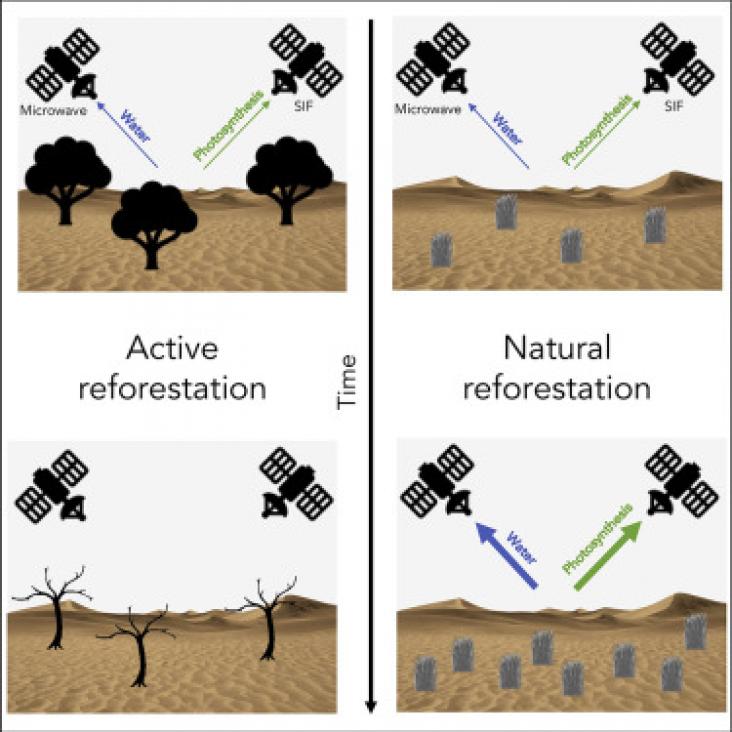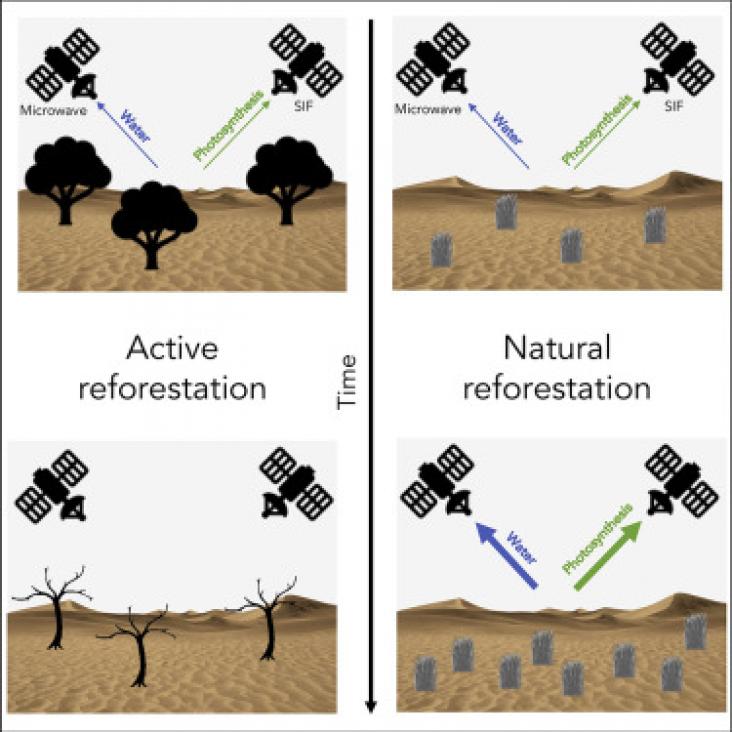This book chapter advances SDG 15 by presenting the major positive and negative attributes of wood before moving onto a review of the field of biodeterioration and its relation to its origins from Forest Pathology. The roles of various researchers in understanding the nature of deterioration are reviewed to provide context then common terminology related to degradation is reviewed.
Elsevier,
Plastic Waste and Recycling, Environmental Impact, Societal Issues, Prevention, and Solutions, 2020, pages 223 - 249
This book chapter addresses goals 14, 15, and 12 by exploring the origins of microplastics (relating to our society, production and consumption) and the diverse and harmful impacts of microplastics in the marine environment on life underwater, as well as interactions with humans and other life on land at the end of the cycle.
This book chapter addresses goals 14, 15, 6 and 11 by looking at the affects of pollutants on the biosphere.

In 2017, Chioma Blaise Chikere was awarded the second prize of the Green and Sustainable Chemistry Challenge. Her project “Eco-restoration of crude oil-polluted land in Nigeria” demonstrated how organic nutrients such as garden fertilizers and animal excreta can be used to degrade hydrocarbons, cleaning up the soils heavily contaminated by decades of oil spills and advancing SDGs 6, 13 and 15. Three years later, we caught up with Dr. Chikere to learn about her research journey.
With the increasing importance of ‘emerging powers’ in the global economy, questions are raised about the role of developing countries in shaping global norms.
Sustainable Development Goal (SDG) indicator 15.1.1 proposes to quantify “Forest area as a proportion of total land area” in order to achieve SDG target 15.1.

In this study, we use a new type of satellite data looking at vegetation water and photosynthesis to compare the success of different reforestation methods, using China's Three-North Shelterbelt Program as a case study.

We assess the success of natural reforestation in China's TNSP using satellite data. We use microwaves and SIF to measure water and photosynthesis in dryland vegetation. A strong correlation is found between reforestation and remote sensing data. Natural reforestation is successful at increasing vegetation activity in arid areas
Evidence-Based Guidelines for Prioritizing Investments to Meet International Conservation Objectives
Biodiversity is in rapid decline, largely driven by habitat loss and degradation. Protected area establishment and management are widely used to maintain habitats and species in perpetuity.
Land-use intensification at the field and landscape scale is a strong driver for declining biodiversity and ecosystem service provision.
